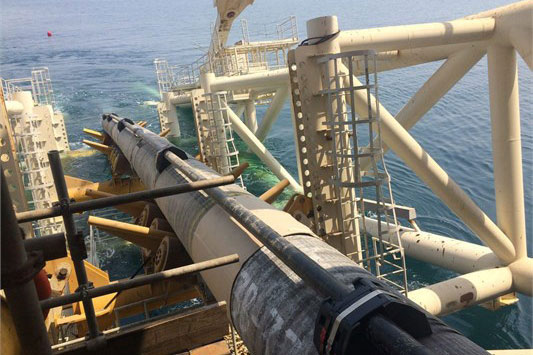According to the company, Behnam Mirzaei stated that this operation—the first of its kind in Iran’s gas industry—used horizontal directional drilling (HDD) and advanced technologies under highly specific conditions.
HDD is an advanced method for subsea crossings, and this project faced unique challenges due to heavy vessel traffic, deep waters, environmental considerations, and passive defense requirements.
Mirzaei noted that the route from Bandar Pol to Bandar Laft on Qeshm Island was selected as the shortest and most suitable path for the pipeline. The pipeline was laid with high precision at a depth of 70 meters below sea level—a first for Iran on such a scale and depth, and a rare achievement internationally.
Despite technical complexities and sanctions-related constraints, the project was completed successfully thanks to the expertise of Iranian engineers, advanced technologies, and effective planning. The execution team overcame risks and limitations through precise management and reliance on domestic technical capabilities.
With this phase completed, a major step has been taken toward supplying gas to Qeshm Island, ensuring stable infrastructure for industries, power plants, and residents.
The 59-kilometer, 30-inch-diameter Bandar Abbas-Laft-Gourzin pipeline is a strategic project in expanding Iran’s gas network. Its successful subsea crossing, one of the project’s most complex stages, is a key step in achieving the National Iranian Gas Company’s developmental goals in southern regions.


Your Comment